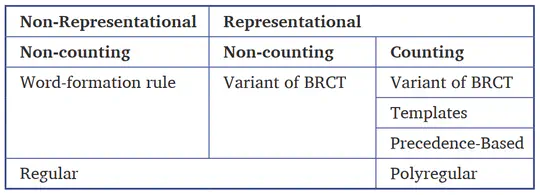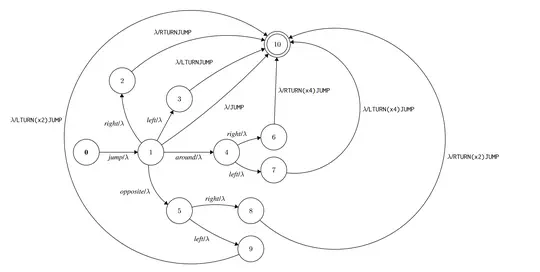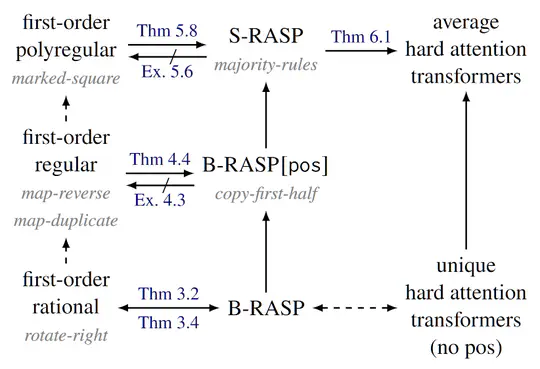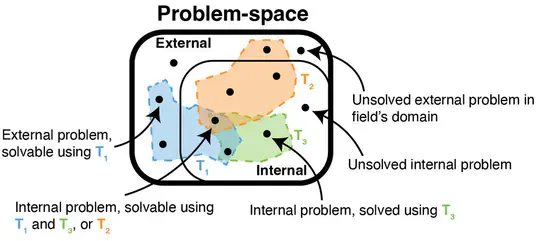Jon Rawski
Assistant Professor of Linguistics
About
I teach courses on general and computational linguistics at San Jose State University. In 2023/2024, I am on leave to teach and work at MIT Linguistics. During summers and winters I am in Paris, transiently at the Institut Jean Nicod. I generally study the mathematics of human language and learning. My work places mathematical boundary conditions on the grammars underlying human language and how they can be learned. These properties reflect humans’ unique neuronal structure and computational power, contributing foundational principles for the cognitive and computer sciences.
Interests
- Mathematical Linguistics
- Cognitive Science
- Theoretical Computer Science
Education
PhD in Linguistics, 2021
Stony Brook University
MS in Cognitive Science, 2016
Higher School of Economics
BA in Linguistics, 2013
University of Minnesota
Upcoming Lectures and Events
Recent Publications
I try to make all of my work accessible and Green open-access, on this website and/or some other repository. You can check your own work via the Dissemin Project
We characterize transformer sequence models as transducers and show some expressivity bounds for several variants.
We give a pragmatic problem-centered account of theories’ epistemic virtues like coherence, depth, and parsimony.
Regular and Polyregular Theories of Reduplication
We show a mismatch between the generative capacity of reduplication and the theories which model it.

Benchmarking Compositionality with Formal Languages
A novel method for sampling a class of subsequential string transductions encoding homomorphisms allows rigorous testing of learning models’ capacity for compositionality.



